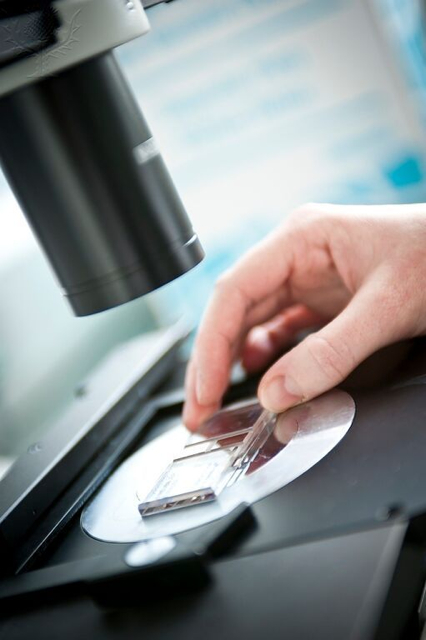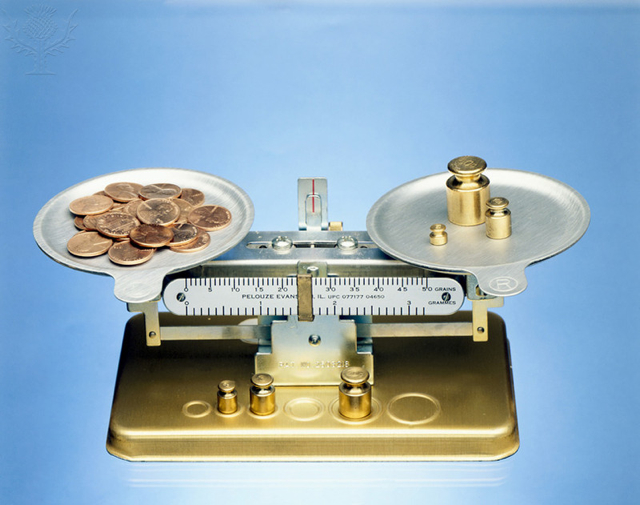
Primary research is the collecting of original data.
Not all subjects permit the use of primary methods as part of the research process for the EE, so it is important to carefully check your subject guidelines before starting.
On this page, you can find information on:
Primary Research - What is Its Purpose?
Primary Research - Preparation Before You Begin
Quantitative vs. Qualitative Research
Research Methods
Considerations for Primary Research
Ways That Primary Research Can Fail
Video Tutorials

After the literature review or secondary research is completed, you must analyze your findings and:
At this point you may decide to investigate further by carrying out your own primary research, in other words by collecting your own data.
You will have to choose a method or methods that are appropriate to the research question and commonly used in the particular Diploma Programme subject. NOTE: although the method may be appropriate for the subject, in the instance of the EE it may not be permitted, so check the subject guide!
Possible data collection methods include:
The details of how the data was collected are crucial to the validity of any argument based on the findings. You must put in the main body of your essay the details of any primary research you carry out. These include:
Students must follow the accepted process for carrying out their chosen method of research—how the data is recorded, analysed and presented. Otherwise, their data will have little value.
Students need to plan carefully how to carry out their research. In most cases, there will be only one opportunity to collect primary data from a particular source.
It is extremely important that students approach their research in an ethical and legal manner. See:

 Primary research involves either quantitative or qualitative research methods.
Primary research involves either quantitative or qualitative research methods.
Quantitative research follows a well-defined process that yields data that can be analyzed statistically. For example:
Qualitative research collects information that may reflect opinions or personal perspectives on a particular situation. The data that is collected gives an overall impression and generally cannot be analyzed statistically. For example:
B2Bwhiteboard. What is primary data? 3 January 2012. YouTube, https://youtu.be/yZgCam-sjCw. Accessed January 2017.
Learn how to conduct an online survey. Topics include: Developing research questions; designing a good questionnaire; choosing the right online survey tool (Google Forms, Sosci Survey, Survey Monkey).
Ebster, Claus. How to conduct an online survey. 5 August 2014. YouTube, https://youtu.be/uTIWl76_klI. Accessed January 2017.
This video from Ivory Research provides information on the top 3 primary research methods for graduate students writing a dissertation - including questionnaires, interviews and focus groups: how to collect research and use it for maximum effectiveness.
IvoryResearch. Dissertation tutorial: Top 3 primary research methods. 12 August 2013. YouTube., https://youtu.be/_lR7oCjutZE. Accessed May 2015.
 Experiments
Experiments
Experiments can be conducted and their data collected using systematic methods and well-defined processes. For example:
Experiments usually involve quantitative processes to collect and analyze the resulting data.
Investigations
Types of investigation include:
Investigations of original source material can reveal whether a particular situation exists or to what extent it does. Investigations can also extract and analyze data from original sources to demonstrate that a particular outcome does occur.
 Interviews
Interviews
Interviews can be with one person or a small group, also called a focus group. Face-to-face interviews have the advantage of allowing the interviewer to ask follow-up questions during the interview.
Question design
Questions should be designed to elicit the responses required to help answer the overall research question.
Recording the interview
Another consideration is how to record the response. You must ask the permission of the interviewee if you wish to use any audio-visual equipment during an interview. Please note that electronic submissions are not acceptable, and so an example of a transcript will need to be attached in the appendix. Refer to the section of this guide on appendices for further information.
Surveys
Surveys can be carried out:
The researcher is better able to control who is responding to the questions when using paper surveys than online.
Successful surveys require:
Quantitative vs qualitative data
To collect quantitative data the survey must ask closed or multiple-choice questions. These:
To collect qualitative data, the survey must ask open-ended questions, which allow the respondents to write their own answer.
Sample size and selection
When collecting data from groups of people, you must make certain that:
Whichever method is used, your primary research must be well structured and collect data relating to people, events or objects.
The data collected must be:
Questions for you to consider are:
The analysis of primary research includes:
You time should be spent researching:
A badly designed or implemented experiment or investigation will lead to flawed results. The following list indicates some ways that primary research can fail.
|
|
|